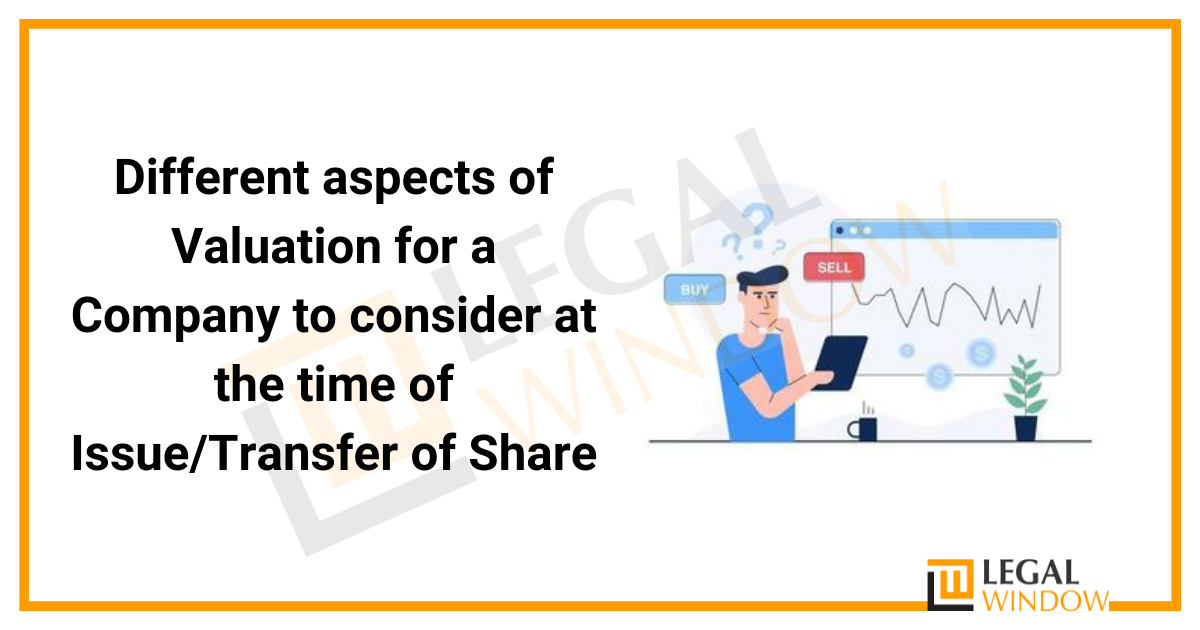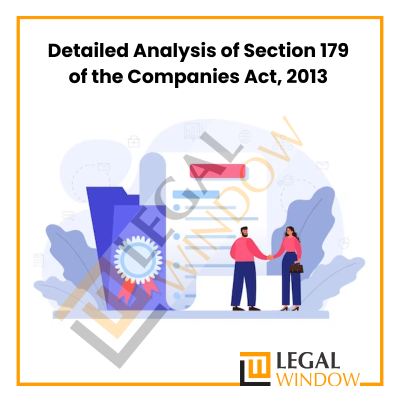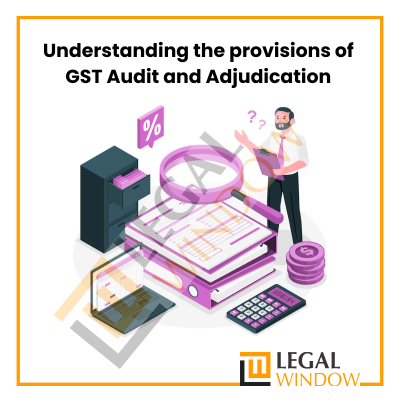Different aspects of Valuation for a Company to consider at the time of Issue/Transfer of Share
- July 8, 2022
- Miscellaneous

When planning to sell your company, it’s critical to evaluate its value before embarking on the M&A process. There are several methods for determining the worth of a company, as well as numerous reasons for doing a business valuation. Here is a detailed explanation of the company valuation process, including popular valuation methodologies, when and why a valuation should take place, and topics to think about after a business valuation.
| Table of Content |
Meaning of Share Valuation
The process of determining the worth of a company’s shares is called share valuation. Share valuation is done using mathematical methods, and share value varies according to market supply and demand. It is simple to find out the share price of publicly traded listed companies. However, valuing shares for private companies whose stock is not traded publicly is crucial and difficult.
Need Corporate assistance?? Connect to our Experts and get your queries resolved.
When is a share valuation required?
Some of the situations in which share valuation is critical are as follows:
- One important reason is when you are about to sell your business and want to know how much it is worth.
- When you approach your bank for a loan with shares as collateral,
- Merger, acquisition, reconstruction, amalgamation, etc. – share valuation is critical.
- When your company’s shares are to be converted, i.e., from preferred to common stock,
- When implementing an employee stock ownership plan, valuation is required (ESOP)
- For tax assessments under the acts imposing the wealth tax or the gift tax
- In the event of a lawsuit, where share valuation is legally required
- Shares owned by an investment company
- The company is nationalised to compensate the shareholders.
Even publicly traded shares must sometimes be valued because market quotations do not always reflect the true picture, or large blocks of shares are being transferred, and so on.
Choosing Methods of Share Valuation
There are various reasons for using a specific method for valuing shares; it generally depends on the purpose of valuation. In general, combining methods yields a more reliable valuation. Let’s look at each approach to see what the main reason is:
- Approach to Assets: An asset-based approach can be used if a company is capital-intensive and has invested heavily in capital assets, or if the company has a large volume of capital work in progress. This method can also be used to value shares during a company’s amalgamation, absorption, or liquidation.
- The Income Approach: This approach has two methods: discounted cash flow (DCF) and price earning capacity (PEC). The DCF method determines fair value by projecting future cash flows, and it can be used if this data is reasonably available. The PEC method is based on historical earnings, and if an entity has not been in business for a long time and has only recently begun operations, this method is inapplicable.
- The Market Approach: The market value of the shares is considered for valuation under this approach. However, this approach is only viable for publicly traded companies with open market share prices. If a set of peer companies that are listed and engaged in a similar business exist, then the share public prices of such a company can also be used.
Methods of Share Valuation
There is no single valuation method that will fit all purposes; thus, different methods of share valuation exist depending on the purpose, data availability, nature and volume of the company, and so on.
- Asset-based: This method is based on the total value of the company’s assets and liabilities, including intangible assets and contingent liabilities. This approach could be very useful for manufacturers, distributors, and other businesses that use a large amount of capital assets. This approach is also used to confirm the conclusions reached through the income or market approaches. The value of each share is calculated by dividing the company’s net asset value by the number of shares. The following are some key points to consider when valuing shares using this method:
- All of the company’s assets, including current assets and liabilities such as receivables, payables, and provisions, should be considered.
- Fixed assets must be valued at their realisable value.
- The valuation of goodwill as an intangible asset is critical.
- Unrecorded assets and liabilities must also be considered.
- Preliminary expenses, discounts on shares and debentures, accumulated losses, and other fictitious assets should be eliminated.
- Income-based: When valuing a small number of shares, this method is employed. The emphasis here is on the anticipated benefits of the business investment, i.e. what the business generates in the future. A common method is to calculate a company’s value by dividing its expected earnings by a capitalization rate. DCF and PEC are two other methods that are used. PEC can be used by both established and newly established businesses, and companies with volatile short-term earnings expectations can use more complex analyses such as discounted cash flow analysis. The value of a share is determined by the amount of profit available for distribution by the company. Deducting reserves and taxes from net profit yields this profit. The steps for calculating the value per share using the income-based approach are as follows:
- Obtain the profit of the company (available for dividend)
- Obtain the data on capitalised values.
- Calculate the share value (capitalised value divided by the number of shares)
- Market-based: The market-based approach typically employs comparable public company share prices and comparable private company asset or stock sales. Private company data can be obtained from a variety of proprietary databases available on the market. What is more important is how to select comparable companies – there are numerous factors to consider, such as the nature and volume of the business, industry, size, financial condition of the comparable companies, transaction date, and so on. When using the yield method (Yield is the expected rate of return on investment), there are two options, which are explained below:
- Yield on Earning: Shares with an earning yield are priced based on predicted earnings and the average rate of return.
- Yield on Dividend: With this approach, the predicted dividend and the average rate of return are used to evaluate the shares.
Some different aspects of valuation, the company needs to consider at the time of issue/transfer of shares
With the rise of start-ups, we are seeing an increase in corporate activities such as fund-raising, secondary sale of stocks, ESOPs, and so on. With these deals, the value issue has grown more crucial than ever. The Income Tax Act, 1961, the Companies Act, 2013, and the Financial Markets Act, 1999 all have provisions that govern the value of securities. Companies, investors, and other stakeholders should proceed with extreme caution when finalising any main or secondary share transactions.
- Issue of Shares: Aspects of valuation to consider when the company raises financing through a private placement:
| Acts | Income Tax Act, 1961 | Companies Act, 2013 | FEMA Act, 1999 |
| Requirement of the Valuation report | Yes, subject to relaxation | Yes |
Yes, if shares are issued to Non-Resident |
| Relaxations from Valuation Report | For Start-up registered under DPIIT and revenue less than INR 100 Crores (Form 2 is filed) 2. Foreign Funding 3. Funding from VC Funds (SEBI Approved) |
Issue of Right shares. |
NA |
| Person liable for valuation | Merchant Banker (SEBI Approved) |
Registered Valuer |
Any CA or Merchant Banker |
| Rules/ Sections | Section 56(2) (viib) read with Rule 11UA
|
Section 247 read with Valuation Rules |
FEMA (Non-Debt Instruments) Rules, 2019 |
| Valuation Method | Discounted Free Cash Flow Method (preferred) or NAV Method |
Any accepted valuation method |
Internationally accepted pricing methodology (DCM – Preferred) |
| Maximum or Minimum Threshold Limit | The value per share derived shall be the maximum Issue Price. |
The value per share derived shall be the minimum Issue Price. |
The value per share derived shall be the minimum Issue Price. |
| Implications | If the issue price is more than the maximum threshold limit then the difference shall be charged to tax in the hands of the Company.
|
The company cannot issue shares below the minimum threshold limit. |
If the issue price is below the minimum threshold limit, it shall be non-compliance with RBI |
| Conclusion | The company must issue shares at a price higher than the price determined by the Companies Act and FEMA Act. However, it should not exceed the price calculated under the Income Tax Act. Companies should register as a Start-up under DPIIT to avoid the Merchant Banker Report required under the Income Tax Act. | ||
Transfer of Shares
Aspects of valuation should be addressed during the secondary sale of shares:
- According to Section 56(2)(x) of the Income Tax Act, 1961, if any shares or securities are transferred for a value less than the Fair Market Value, the difference must be taxed in the hands of the buyer.
- Under the Income Tax Act, fair market value for the purpose of secondary sales of shares should be determined as follows:
- In the event of a publicly traded corporation, it must be the published price.
- In the event of an unlisted company, it must be calculated using the methodology specified in Rule 11UA (i.e., Book Value)
- There are no associated requirements in the Companies Act regarding the valuation of shares in relation to the transfer of Shares.
- When shares are transferred from a non-resident to a resident or vice versa, the transaction price must be more than the value estimated by a CA or commercial banker using an internationally recognised methodology, according to FEMA Regulations (Non-Debt Rules, 2019).
Exercise of ESOPs
When ESOPs are exercised, the Perquisite value is taxable in the hands of the employees under section 49(2AA) of the Income Tax Act, 1961, read with section 17(2). The difference between Fair Market Value and the amount actually paid shall be used to determine perquisite value (exercised price).
For the purposes of ESOPs, fair market value shall be determined in the following methods under the Income Tax Act:
- In the event of a publicly traded corporation, the average of the opening and closing prices on the date of allocation should be used.
- A merchant banker determines the worth of an unlisted firm. There is no such relief available to start-ups when exercising ESOPs.
Endnote
If the valuer acted negligently and failed to account for all required criteria in determining the value of shares, the transferor has the right to sue the valuer for any losses caused by the wrong valuation of shares. Normally, the Tribunal does not intervene with expert valuations. As a result, if the value is contested, there must be sufficient evidence to prove that the valuation is incorrect.
We at Legal Window, helps you through with the different aspects to be considered at the time of issue/transfer of shares
LegalWindow.in is a professional technology driven platform of multidisciplined experts like CA/CS/Lawyers spanning with an aim to provide concrete solution to individuals, start-ups and other business organisation by maximising their growth at an affordable cost. Our team offers expertise solutions in various fields that include Corporate Laws, Direct Taxations, GST Matters, IP Registrations and other Legal Affairs.
Categories
- Agreement Drafting (23)
- Annual Compliance (11)
- Change in Business (36)
- Company Law (148)
- Compliance (89)
- Digital Banking (3)
- Drug License (3)
- FEMA (17)
- Finance Company (42)
- Foreign Taxation (6)
- FSSAI License/Registration (14)
- GST (118)
- Hallmark Registration (1)
- Income Tax (199)
- Latest News (34)
- Miscellaneous (164)
- NBFC Registration (8)
- NGO (14)
- SEBI Registration (6)
- Section 8 Company (7)
- Start and manage a business (21)
- Startup/ Registration (127)
- Trademark Registration/IPR (40)
Recent Posts
- Master Secretarial Audit: A Complete Compliance Guide April 27, 2024
- Farmer Producer Companies-Major provisions under Companies Act April 26, 2024
- Detailed Analysis of Section 179 of the Companies Act, 2013 April 24, 2024
About us
LegalWindow.in is a professional technology driven platform of multidisciplined experts like CA/CS/Lawyers spanning with an aim to provide concrete solution to individuals, start-ups and other business organisation by maximising their growth at an affordable cost.








